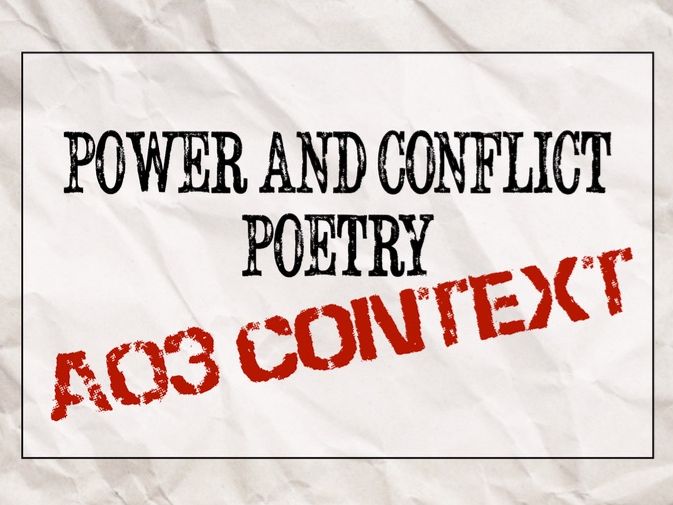
2Uploads
478Views
484Downloads
All resources

Persuasive Techniques - Murder Mystery - Oracy/Speaking and Listening Activity
Murder Mystery Persuasion Practice
In this pack, I have created resources for two lessons (or however long you wish the learning to take). When creating this ‘Murder Mystery’ packet, I wanted to focus on persuasive techniques and rhetoric in my Year 8 group. Therefore, when writing the characters, I personally made no judgement about which of the characters is the murderer. I tried to make the evidence as balanced as possible and the students’ level of ability to be persuasive in explaining away the evidence is what ultimately convicts whoever the jury decide is guilty.
The lesson works for up to 30 students in the following roles:
5 suspects
5 solicitors
2 forensic experts
2 witnesses
2 police officers
12 jury members
2 judges
If you have fewer students in your class, you can adapt the lesson by decreasing the number of judges, jury members, foregoing the solicitor roles, etc.
Resources
(To be printed and separated into packs for each role)
Role Cards
Each role has a small card which says what their role in the trial is.
Role Checklists
Each role (apart from the judges*) has a checklist of tasks to complete before the end of the first lesson in preparation for the trial (second lesson).
*Judges must complete the “Running The Trial” page, detailing the order of the trial and the rules they want students to follow during the trial.
Role Information
Each person in the class should be given a copy of the victim, suspect and witness information.
The sheets with writing highlighted in RED should be given to the named person ONLY as these questions prompt their alibi or witness statements.
Jury Sheets
The jurors should be given the jury sheet during the first lesson so they can make assumptions before the trial and then see if these have changed by the end based on testimony. This is useful as a peer assessment - what was it about their argument and their techniques that convinced you they were not guilty?
Evidence Sheets
All students can use these to take notes before and during the trial -e.g. questions they want to ask, pertinent information etc.
Powerpoint
The Powerpoint is to be used to explain the task and then for students to refer to throughout the lesson. The last slide is to be displayed during the trial, with the rules created by the judges typed in.
TIPS
I found making a student who is quite disruptive during lessons the role of judge meant that they developed a measure of empathy for teachers, as trying to keep students quiet during the trial was difficult. Being given a level of trust also made them take the role and task seriously.
Keep timings tight during the trial - there is the potential for it to go on forever! Perhaps give a time limit for questioning or a limit to the number of questions.
Give higher ability students who are generally quiet the solicitor roles - they will have the good ideas but this task almost forces them to express them.

Power and Conflict Poetry AO3 Context
While teaching the AQA Power and Conflict poetry, I found that a substantial amount of my time was used on researching and collating the context (AO3) of the poems themselves. I wanted to create an easy, versatile resource from which to draw teaching points and pertinent information.
The students should be able to draw visual clues to the tone and themes behind each of the poems (helpful for lower ability learners). I created the posters with the hope that, when a student sees the poster, they get an immediate, visceral sense of the poem itself, either before or after having read it. Additionally, the use of colours and photographs should hopefully mean students remember the information more effectively.
The resource pack contains the PowerPoint slides for each poem (‘Checking Out Me History’ has two) and a PDF document with the same pages. The slides can be used for teaching within a lesson, while the PDF document is meant to be used for select and retrieve activities or summarising activities, as posters in a classroom or as a revision resource.


